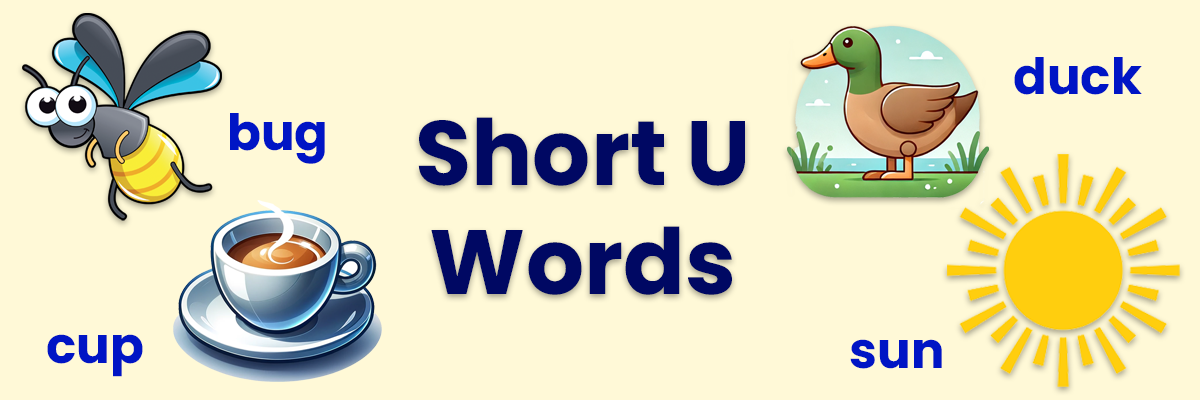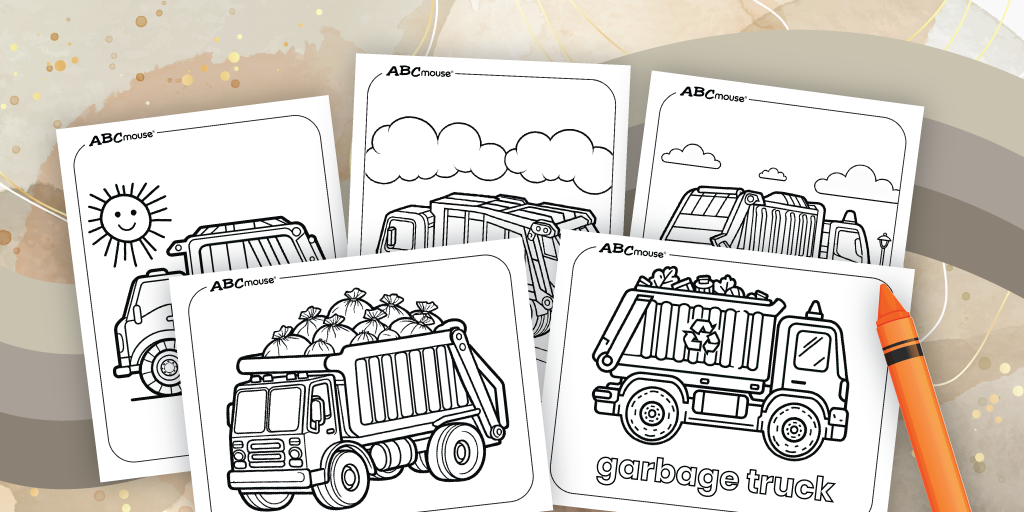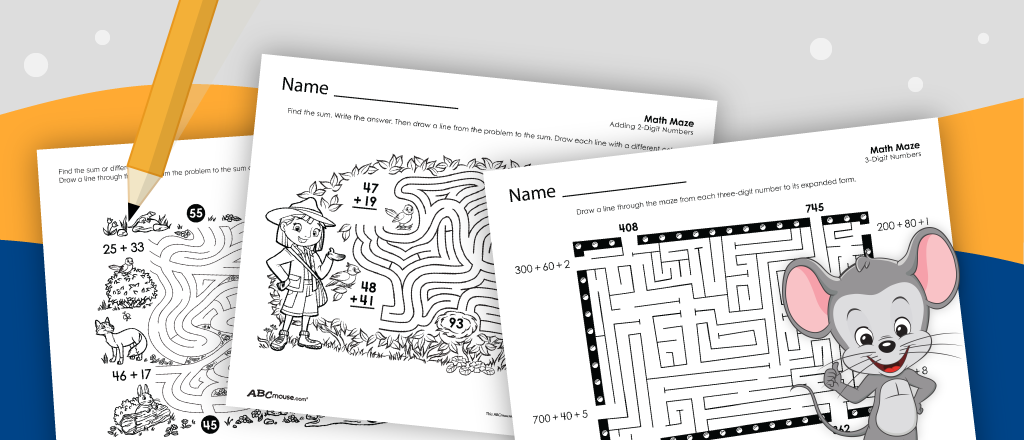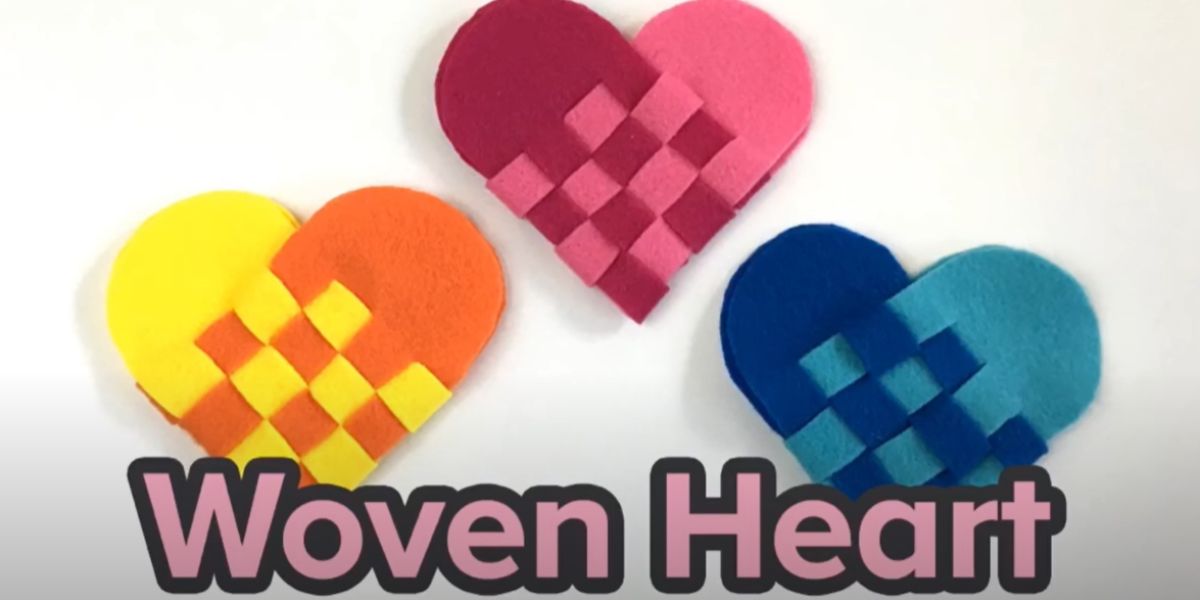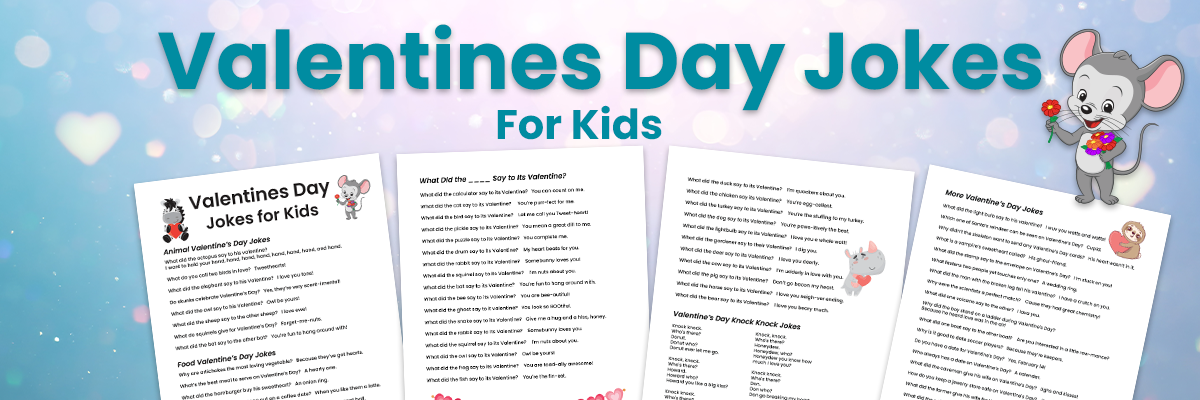The Best Sorting Activities for Preschoolers
Reviewed by Owen Bissell
Share
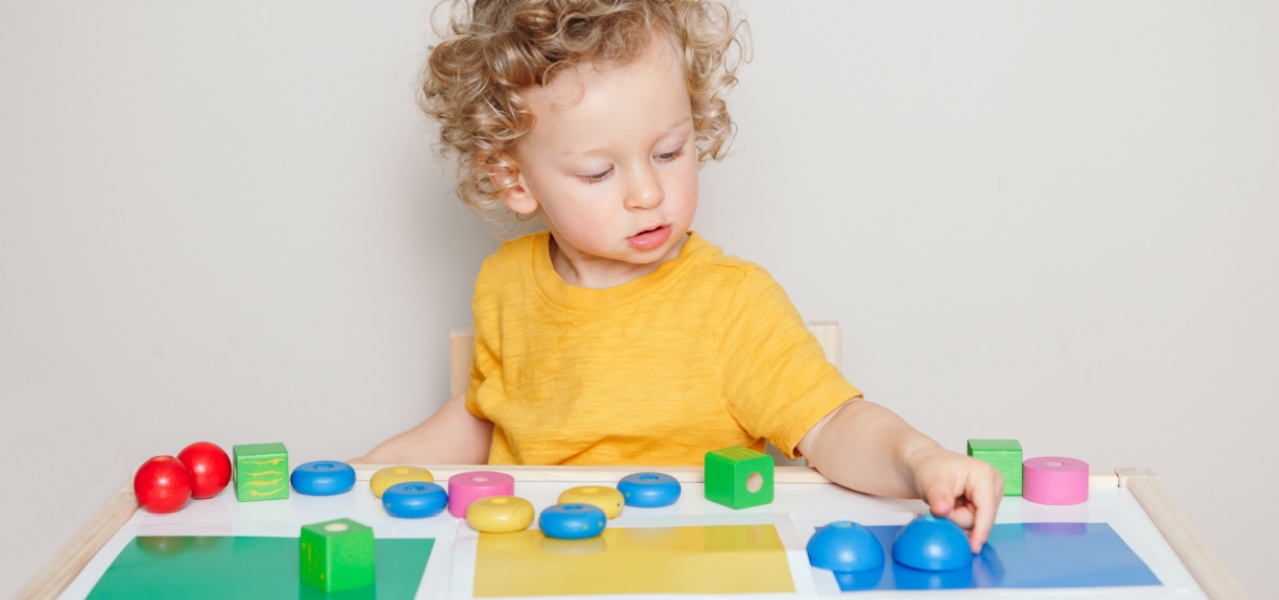
Sorting activities play a crucial role in early childhood development, fostering critical thinking, reasoning, and cognitive skills. Unlike simple matching or pairing, sorting challenges children to identify common properties among a variety of items, encouraging them to think about “which things belong together” based on shared characteristics rather than appearance alone. As they navigate through the sorting process, preschoolers learn to analyze, discriminate, and group items, setting a foundation for advanced classification skills vital in science and mathematics later on.
The Importance of Sorting Activities
Sorting activities are paramount in the developmental journey of preschoolers, offering much more than meets the eye. These activities lay the groundwork for critical cognitive skills, such as reasoning, analyzing, and the ability to recognize patterns and similarities. Through the process of sorting, children develop the ability to categorize and classify objects, a fundamental aspect of logical thinking and understanding the world around them.
Sorting also encourages children to make decisions and solve problems, skills that are essential not only in academic settings but in everyday life. Sorting activities can introduce young learners to the concept of diversity and variability within groups, teaching them that while items may look different, they can share underlying commonalities. This early exposure to sorting, grouping, and classifying sets a solid foundation for future learning in science, mathematics, and critical thinking, making it an important part of preschool education.
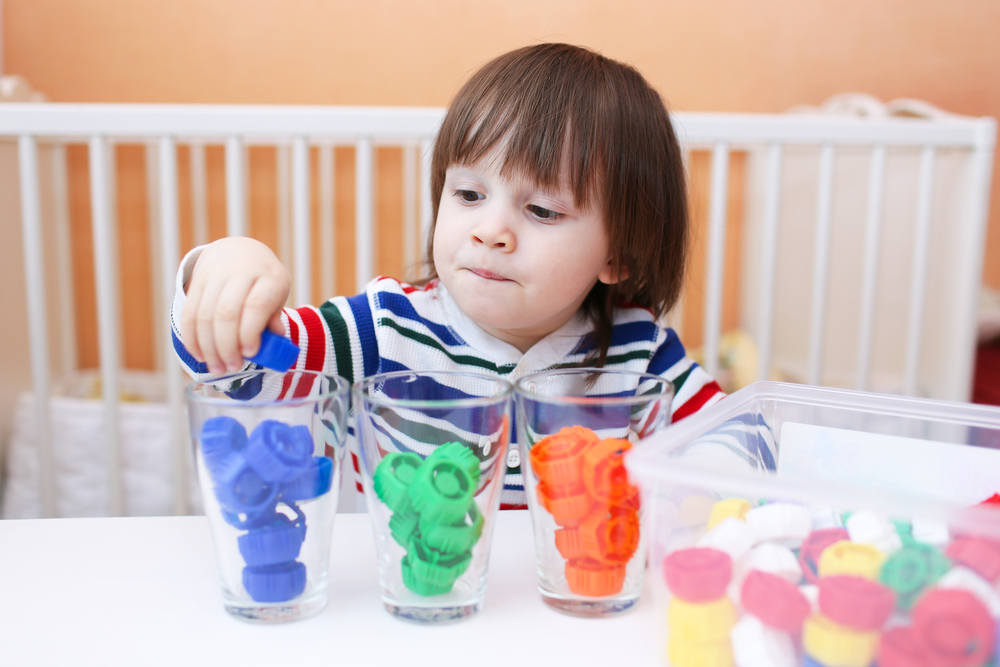
Teaching Your Child to Sort at Home
Try these tips to help your child practice their sorting skills.
- Begin with simple sorting exercises that match your child’s current level of understanding, using items from around the house or toys they are already interested in.
- Use hands-on activities and encourage your child to physically move and group objects, as this tactile experience strengthens understanding and retention.
- Incorporate sorting into daily routines, such as cleaning up toys (sorting by type or color) or organizing groceries (separating fruits from vegetables), to show real-life applications of sorting.
- Engage with your child by asking open-ended questions like “Why do these items belong together?” to encourage reasoning and verbal expression of their thought process.
- Celebrate successes and provide gentle guidance when necessary, fostering a positive and supportive learning environment.
By integrating these practices into your daily interactions, you’re not only teaching your child how to sort but also instilling in them a love for learning and exploration.
10 Sorting Activities to Try with Your Preschooler
1. Color Carnival
Create a vibrant play area with objects of different colors. Ask your child to sort the items by color into designated bins. This visually stimulating activity reinforces color recognition and grouping based on visual properties.
2. Nature’s Sort
After a nature walk, collect leaves, stones, sticks, and flowers. At home, have your child sort these natural treasures by type, size, or color. This activity connects sorting skills with real-world experiences and natural curiosity.
3. Shape Shifters
Provide a variety of objects or cutouts in different shapes. Challenge your child to sort them by shape, such as circles, squares, and triangles. This not only teaches shapes but also how objects with different appearances can share common properties.
4. Texture Touch
Gather items with various textures (smooth, rough, soft, hard) and have children sort them based on how they feel. This sensory activity enhances tactile discrimination and vocabulary related to texture.
5. Fruit and Veggie Fun
Use real or play food to teach sorting by having your child separate them based on color. This practical activity relates sorting to everyday life and introduces concepts of healthy eating.
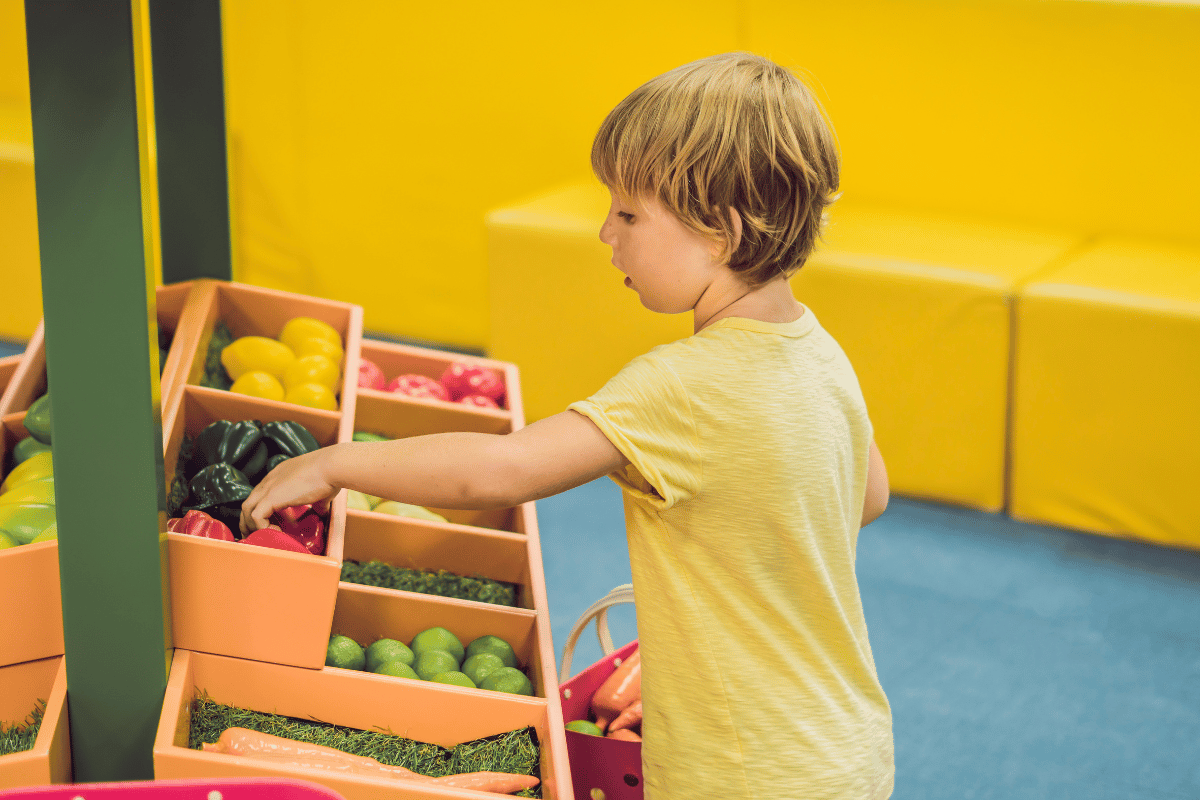
6. Size Sorting
Offer a collection of objects in varying sizes and have the children sort them from smallest to largest or vice versa. This activity introduces concepts of seriation and comparative measurement. Take it a step further by asking your child to notice if something is taller or shorter, wider or slimmer.
7. Animal Habitats
With animal toys or pictures, ask your child to sort them into groups based on their habitats (farm, jungle, ocean). This sorting task encourages thinking about broader categories and natural science.
8. Seasonal Sorting
Use pictures or themed objects to sort into categories based on the four seasons. This activity ties sorting skills to understanding the cyclical nature of time and seasonal changes.
9. Transportation Types
Collect pictures or toy models of different modes of transportation for your child to sort by type, such as air, land, and water vehicles. This introduces children to the concept of categories based on function and design.
10. Everyday Object Organization
Encourage your child to sort household items (spoons, socks, pens) by type or usage. This not only reinforces sorting skills but also aids in tidying up and understanding the organization of everyday life.
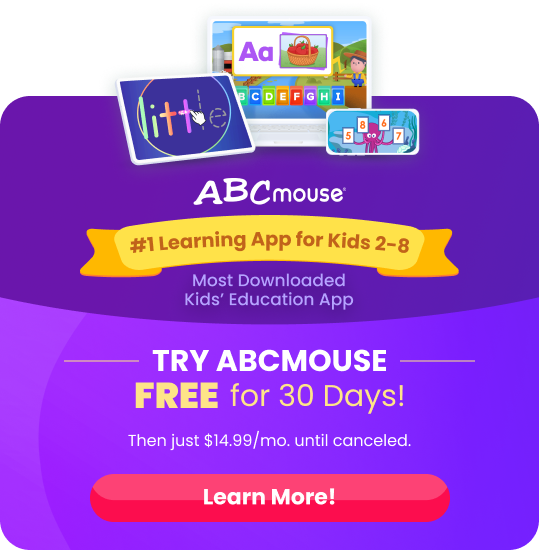
Implementing Sorting Activities
When introducing sorting activities, ensure they are suited to your child’s developmental level to foster engagement without frustration. Utilize concrete, hands-on experiences over worksheets, as active participation enhances learning. Seize spontaneous sorting opportunities in daily routines, like organizing groceries, to make the learning process relevant and meaningful. Lastly, use descriptive language during activities to build your child’s vocabulary and understanding of sorting concepts. Be ready to ask an open-ended question about how items could be sorted and let your child lead the exploration and do the sorting first.
Children may come up with multiple ways to sort the same set of items and/or may initially see a different way to sort a set of items than what you see. Encouraging children to sort the same set multiple ways is a great goal to aim for, when possible!
Sorting is more than just a game; it’s a foundational skill that sets the stage for complex thinking and problem-solving. By integrating these fun, educational activities into your preschooler’s playtime, you’re not only enhancing their cognitive development but also preparing them for future academic success.
Related Activities
-
Free Printable Number One Coloring Pages
Download free Number One coloring pages for toddlers and preschoolers! Fun, engaging printables to build number recognition and counting skills.
-
Free Printable Garbage Truck Coloring Pages
Explore free printable garbage truck coloring pages for kids, featuring simple and detailed designs to suit all ages. From city streets to parks, these pages let…
-
Free Printable Math Mazes for Kids
Engage young learners with free printable math mazes that turn practice into play! These fun, skill-boosting mazes cover essential math topics, from addition and subtraction to…
-
Woven Heart Craft for Kids
Make Valentine’s Day special with a woven heart craft for kids. This guide shows how to create colorful hearts with paper or felt, perfect for filling…
-
70+ Valentine’s Day Jokes & Riddles for Kids and Adults (Free Printable List)
Bring laughter to Valentine’s Day with over 70 jokes and riddles that kids and adults will love! From animal puns to food-themed quips and classic knock-knock…

